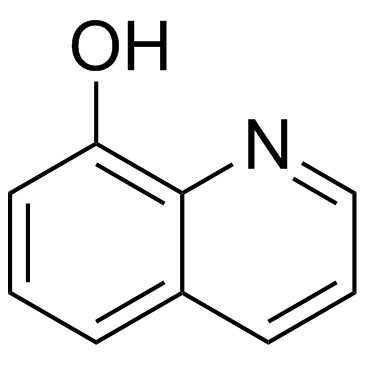| Structure | Name/CAS No. | Articles |
|---|---|---|
 |
8-Hydroxyquinoline
CAS:148-24-3 |
|
 |
Tin(II) chloride
CAS:7772-99-8 |
|
 |
Stannous chloride dihydrate
CAS:10025-69-1 |